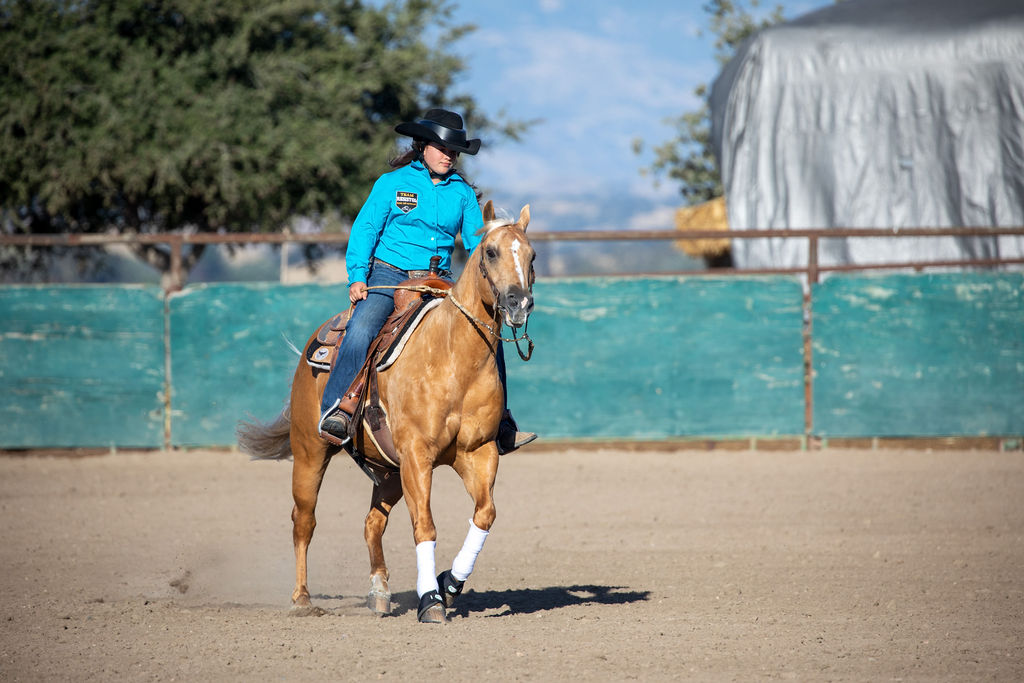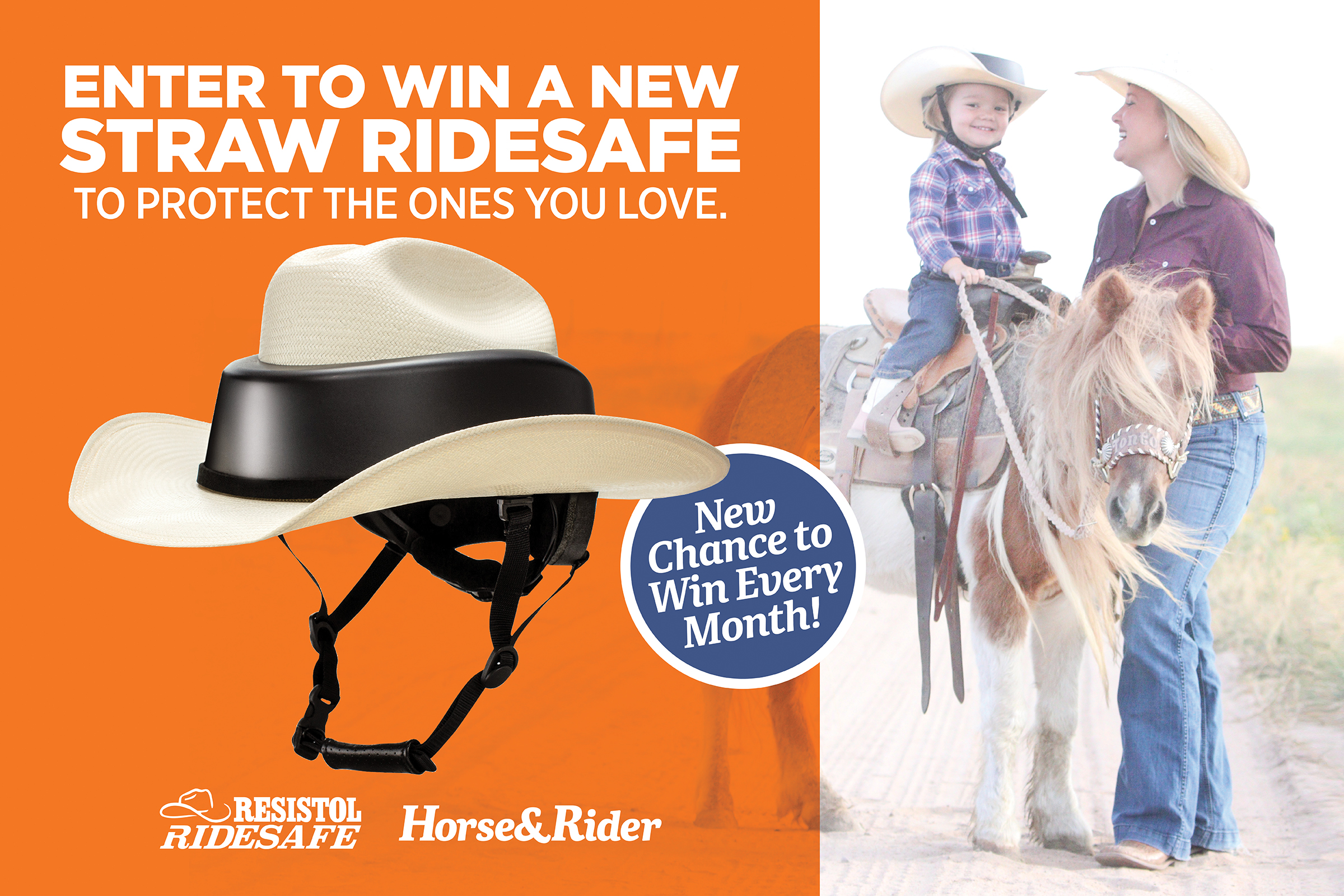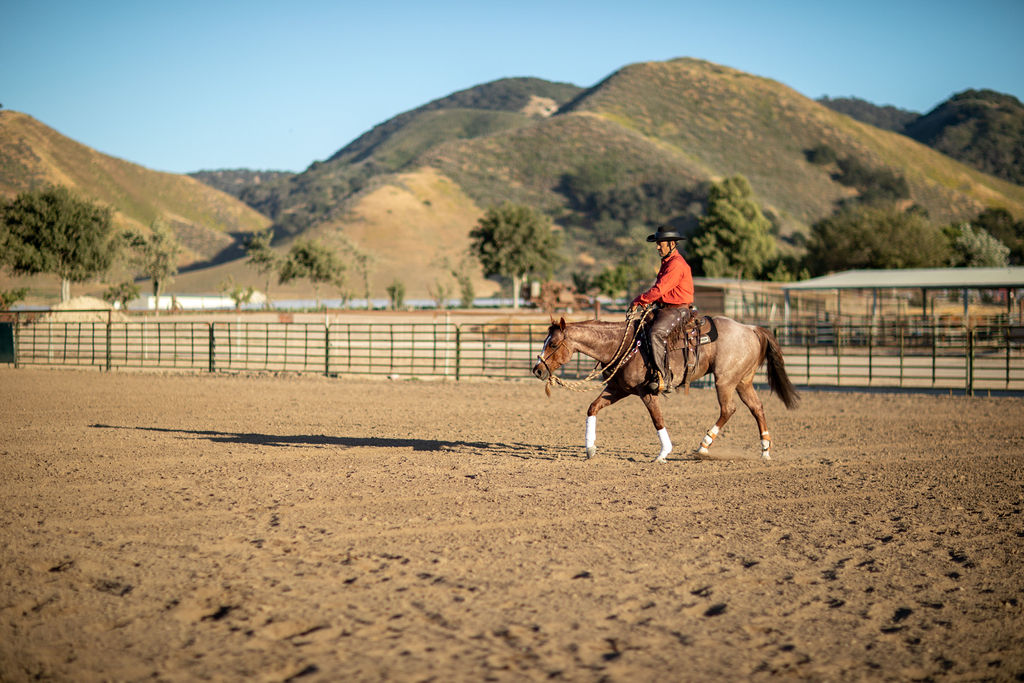Teaching kids to ride is about a lot more than “Keep your heels down” and “Stop pulling on his face!”
While the fundamentals of horsemanship are critical, there are some things you can’t teach. Everyone knows wet saddle pads—meaning more time spent under saddle—are good for a horse’s training. It shouldn’t be a huge logical jump, then, that the same can be said for kids learning to ride. But yet, too often riding horses is treated like another casual sport or hobby. That way of thinking isn’t just counter-productive to in-arena success; it can be downright dangerous.
[Related: Resistol RideSafe]

When Everything Goes Right
In a perfect scenario, a kid has an old campaigner—a horse that knows his job, and executes accordingly. The ground is well-groomed, the trail is safe. The horse is desensitized to pheasants jumping out of bushes and coyotes darting across the trail, and a mean mama cow doesn’t bother him one bit. Feet stay in stirrups, and the saddle stays in the middle of the horse. On rides like this, it can be easy to think you’ve got it all figured out.
[Read More: Why “Doing As Your Told” Is Rule Number-One in the Barn]

When Something Goes Wrong
But things don’t always go right. Horses stumble, get fresh and take incorrect cues. Cinches slip. Plastic bags blow under their noses. Cows make unpredictable moves, sometimes in front of or underneath your horse. You name it, it can happen with a horse and a human. Throw a cow in the mix, and unpredictability runs rampant. It’s situations like these that have parents and trainers sounding like broken records—time in the saddle matters, and experience teaches what we cannot.
[Read More: Your Horse’s Fitness is About A Lot More Than Winning. Here’s Why]
“You don’t get experience by taking time off,” NRCHA trainer Casey Branquinho said. “It’s hours in the saddle. I can tell you it will take 10,000 hours to become proficient at something. Now are you going to put 10,000 hours in 10 years, or are you going to spread it over 25?”
When you’re going through a reining or barrel pattern and you blow a stirrup, it can be tempting to pull up, Branquinho said, protecting yourself but giving up on a run.
[Read More: Where You Should NEVER Tie Your Horse]
“But when you’re in adverse situations you’ve never been before, don’t stop. Figure it out. Try to find your stirrup. Learn how to get through that situation. Don’t pull up and quit. When you’re doing anything with a horse, I don’t care what even it is, 90 percent of the time, it won’t go as planned. You’ve got to come up with a way to get through it, so the next time something happens, you’ll have that experience to lean on.
“The more you’re around horses, the more situations you’ll find yourself in. You’ll recognize how to get out of them. When I was rodeoing, we’d practice tying like we had a front foot roped. Even in the practice pen, if you blow a stirrup, you learn how to go on with your run. It’s wet saddle pads and desire rather than pulling up and stopping,” Branquinho said.

Don’t Fear Failure
A lot of kids and novices quit when situations get tricky because they fear failure. But that’s a mistake, Branquinho said.
“Failure is the best teacher there is. You’re not going to learn how to do something without failing at it first. Don’t be scared of failure, and don’t be afraid of criticism. Young people—if they’re told they do something wrong or incorrect, they can’t handle it. Be willing to fail.”
Gaining competency in and around horses is all about desire, Branquinho insists.
“Talent will win out in the beginning. Desire, that will pass talent at the end of the day. That’s been around with a couple thousand years with the tortoise and the hair. It’s just wet saddle pads—wear your saddle out. Try to wear your saddle out because the more you’re in the saddle, the more you’ll learn how to handle different situations.”
To enter to win a Resistol RideSafe, click here. H&R






